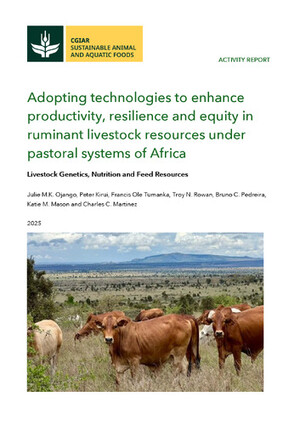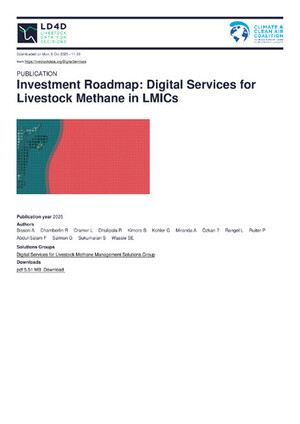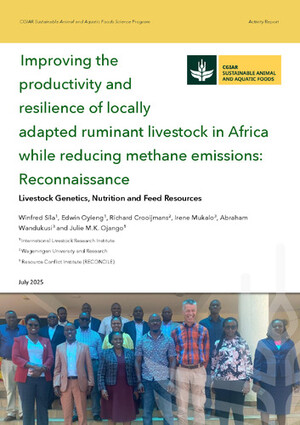
Climate-Smart Agriculture Practices for Mitigating Greenhouse Gas Emissions
Abstract
Agricultural lands make up approximately 37% of the global land surface, and agriculture is a significant source of greenhouse gas (GHG) emissions, including carbon dioxide (CO 2 ), methane (CH 4 ) and nitrous oxide (N 2 O). Those GHGs are responsible for the majority of the anthropogenic global warming effect. Agricultural GHG emissions are associated with agricultural soil management (e.g. tillage), use of both synthetic and organic fertilisers, livestock management, burning of fossil fuel for agricultural operations, and burning of agricultural residues and land use change. When natural ecosystems such as grasslands are converted to agricultural production, 20–40% of the soil organic carbon (SOC) is lost over time, following cultivation. We thus need to develop management practices that can maintain or even increase SOCstorage in and reduce GHG emissions from agricultural ecosystems. We need to design systematic approaches and agricultural strategies that can ensure sustainable food production under predicted climate change scenarios, approaches that are being called climate‐smart agriculture (CSA). Climate‐smart agricultural management practices, including conservation tillage, use of cover crops and biochar application to agricultural fields, and strategic application of synthetic and organic fertilisers have been considered a way to reduce GHG emission from agriculture. Agricultural management practices can be improved to decreasing disturbance to the soil by decreasing the frequency and extent of cultivation as a way to minimise soil C loss and/or to increase soil C storage. Fertiliser nitrogen (N) use efficiency can be improved to reduce fertilizer N application and N loss. Management measures can also be taken to minimise agricultural biomass burning. This chapter reviews the current literature on CSA practices that are available to reduce GHG emissions and increase soil Csequestration and develops a guideline on best management practices to reduce GHG emissions, increase C sequestration, and enhance crop productivity in agricultural production systems.
Citation
Zaman, M. et al. 2021. Climate-Smart Agriculture Practices for Mitigating Greenhouse Gas Emissions. In: Zaman, M., Heng, L., Müller, C. eds Measuring Emission of Agricultural Greenhouse Gases and Developing Mitigation Options using Nuclear and Related Techniques. Cham: Springer: 303-328









